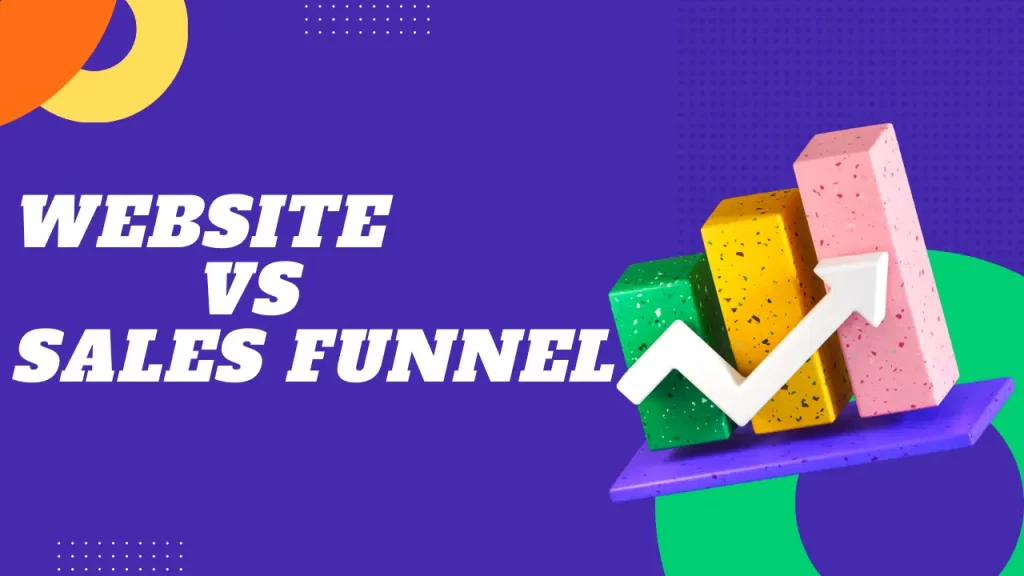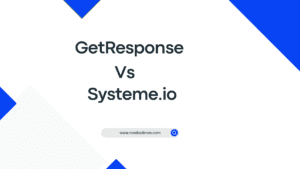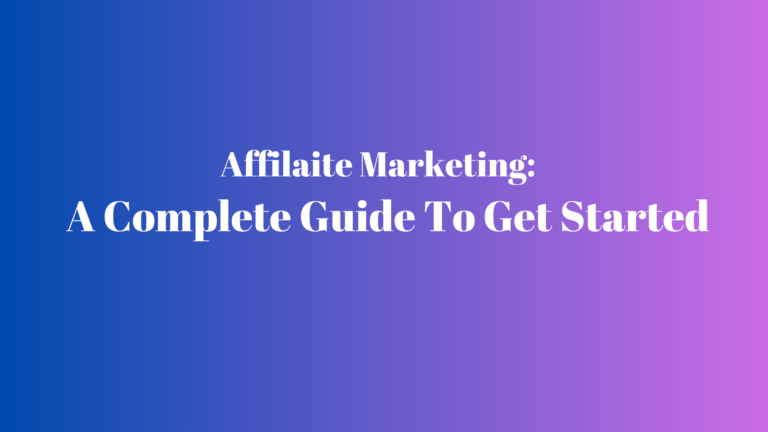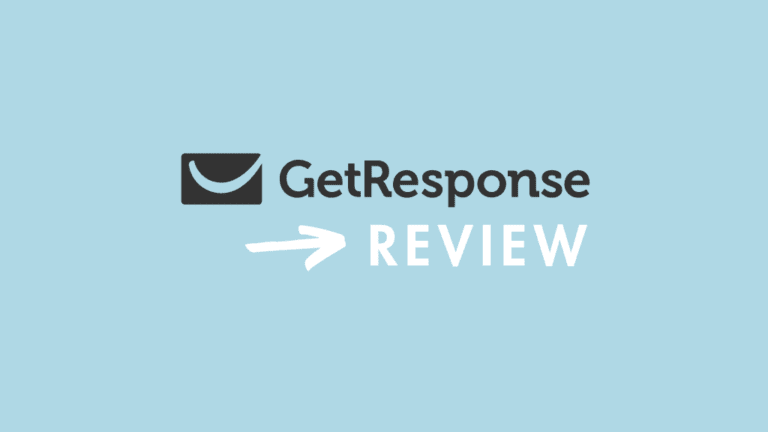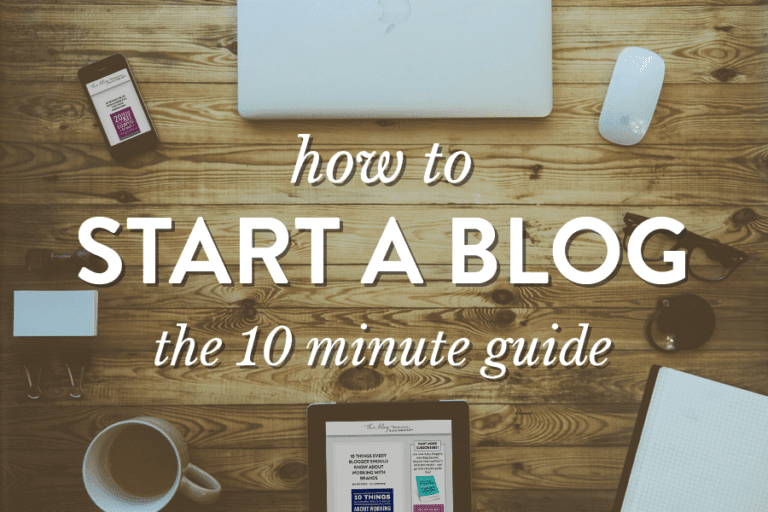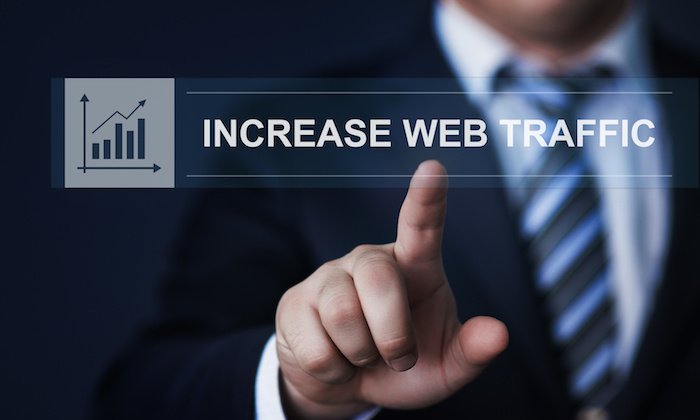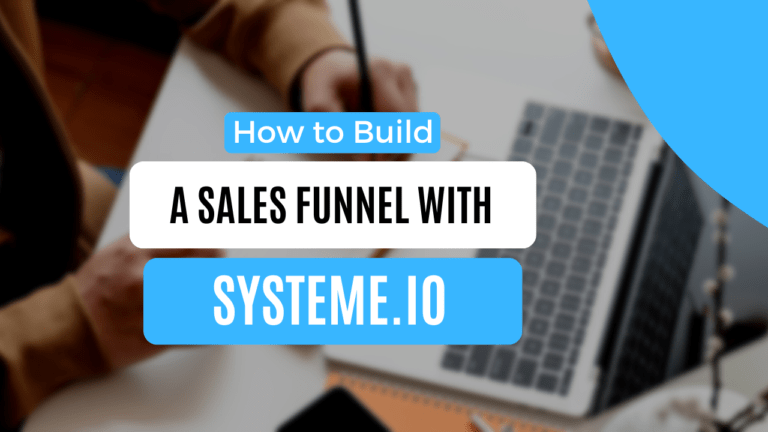If you’re interested in the online business niche you have probably wondered what is the difference between a website and a sales funnel.
So, what’s the key differences between a website and a sales funnel ? how to utilize each of them? In this post I will help you answer all these questions so you confidently know the difference between a funnel and a website.
What is a website
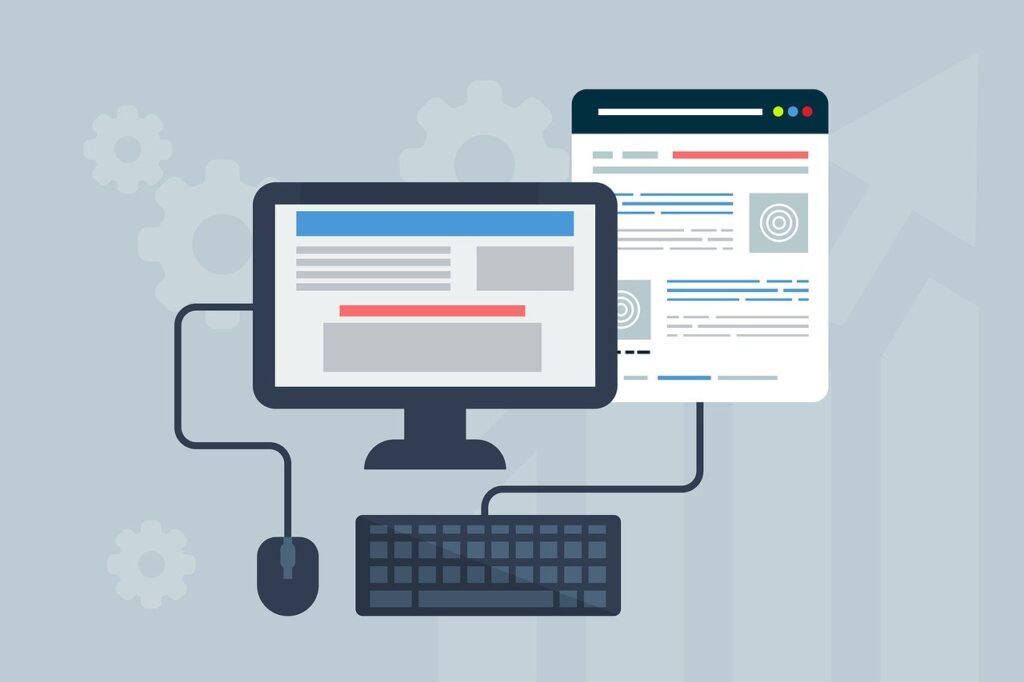
A website is a collection of web pages that you can access over the internet. Think of it like a digital location with its own address (called a domain name) that can contain information, images, videos, and more. Websites can be used for many purposes, like sharing news, selling products, or providing information about a person or business.
Typically, websites are made to attract visitors from a variety of platforms, including search engines, social media, email, etc. Also, most websites are made to serve several visitor types, including partners, clients, and prospects.
While visitors usually see the homepage first, they arrive upon and navigate to any page or post they want. The visitor’s experience is filled with lots of choice and limited direction.
What is a sales funnel
A sales funnel is a marketing term used to capture and describe the journey that potential customers go through, from prospecting to purchase.
The model uses a funnel as an analogy, because it illustrates the idea that every sale begins with a large number of potential customers and ends with a much smaller number of people who actually make a purchase.
Well-built sales funnels help businesses guide prospective buyers through the purchasing process and towards the purchase completion. By contrast, those funnels with gaps will lead to potential customers dropping out of the sales process, like water flowing through a sieve.
Stages of a sales funnel
The stages of a sales funnel represent the journey a potential customer takes towards becoming a paying customer.
Here is the key stages of the sales funnel :
1. Awareness: This is the widest part of the funnel. Here, potential customers become aware of your brand or product for the first time. They might be experiencing a problem you solve, but they’re not actively researching solutions yet.
2. Interest: At this stage, potential customers have identified a problem they need to solve and are actively researching solutions. They’re interested in learning more about the options available, including yours.
3. Decision (or Intent): Prospects are ready to make a purchase decision. They’ve chosen your product (or are very close to doing so) and might be considering different pricing options or packages.
4. Action: The last step in the sales funnel is action, which is the end result of all the previous stages. The buyer has made up their mind at this point regarding whether or not to buy the product. The company can employ other marketing strategies to make sure the prospect remembers their product even if they decide not to buy it.
Related post: Everything you need to know about Sales funnel
Website Vs Sales Funnel: How are they different
The main difference between a website and the sales funnel is that a website is a group of connected pages that are designed to attract visitors, a sales funnel, on the other hand, is a guided path designed to lead those visitors through a series of steps towards making a purchase and becoming a customer.
Essentially, a website is like a storefront, while a sales funnel is like a salesperson guiding visitors towards a specific action, like making a purchase.
Here are some of the key differences between a website and a sales funnel:
- Websites typically have multiple pages interconnected by navigation menus,while Sales funnels are linear with a defined sequence of stages, often with a single landing page as the entry point.
- The primary goal of a website is to inform, educate, and build brand awareness, while The primary goal of a sales funnel is to convert visitors into leads or paying customers.
- Websites offer a variety of content, including text, images, videos, blog posts, and downloadable resources, while Sales funnels are focused on content that addresses the customer’s pain points, highlights product benefits, and builds trust.
- Websites rely on attracting visitors through search engine optimization (SEO), social media marketing, or other methods, while sales funnels traffic often comes from targeted marketing campaigns like paid advertising or referrals from the main website.
Related post: SEO beginners guide
How to utilize a website and a sales funnel together
A website and a sales funnel serve different purposes, although they can work together effectively. Here are some of the best practices to do that.
- Use a website to increase brand visibility, authority and to be informative and engaging by Creating high-quality content like blog posts, articles, or videos that address your target audience’s pain points and showcase your expertise.
- Strategically place CTAs throughout your website, encouraging visitors to take the next step. This could be subscribing to your email list, downloading a free guide, or requesting a consultation.
- Utilize website visitor data to run targeted ads on social media or search engines, driving qualified traffic to specific landing pages in your sales funnel.
- Use website analytics to track how visitors interact with your website and identify which pages lead them to the sales funnel. This helps you optimize both the website and funnel for better conversions.
Final words
So, websites and sales funnel may play different roles, but together,you can create a powerful and profitable online business.
By effectively integrating your website and sales funnel, you can create a cohesive online presence that attracts visitors, captures leads, and converts them into loyal customers.
To learn more about sales funnel and how to use them check out the links below.

